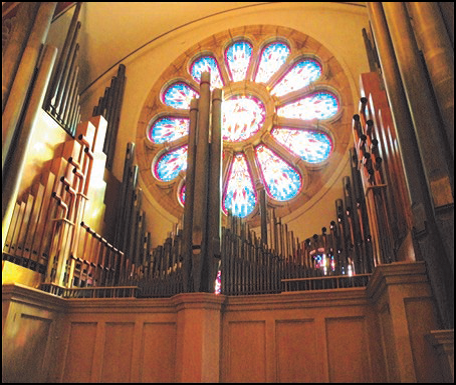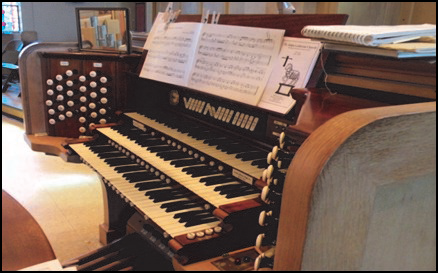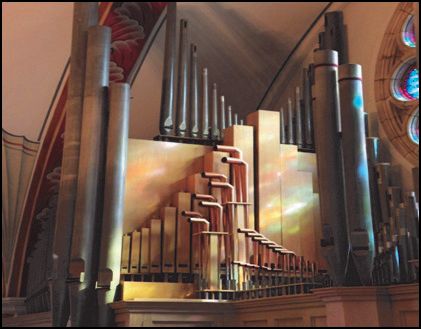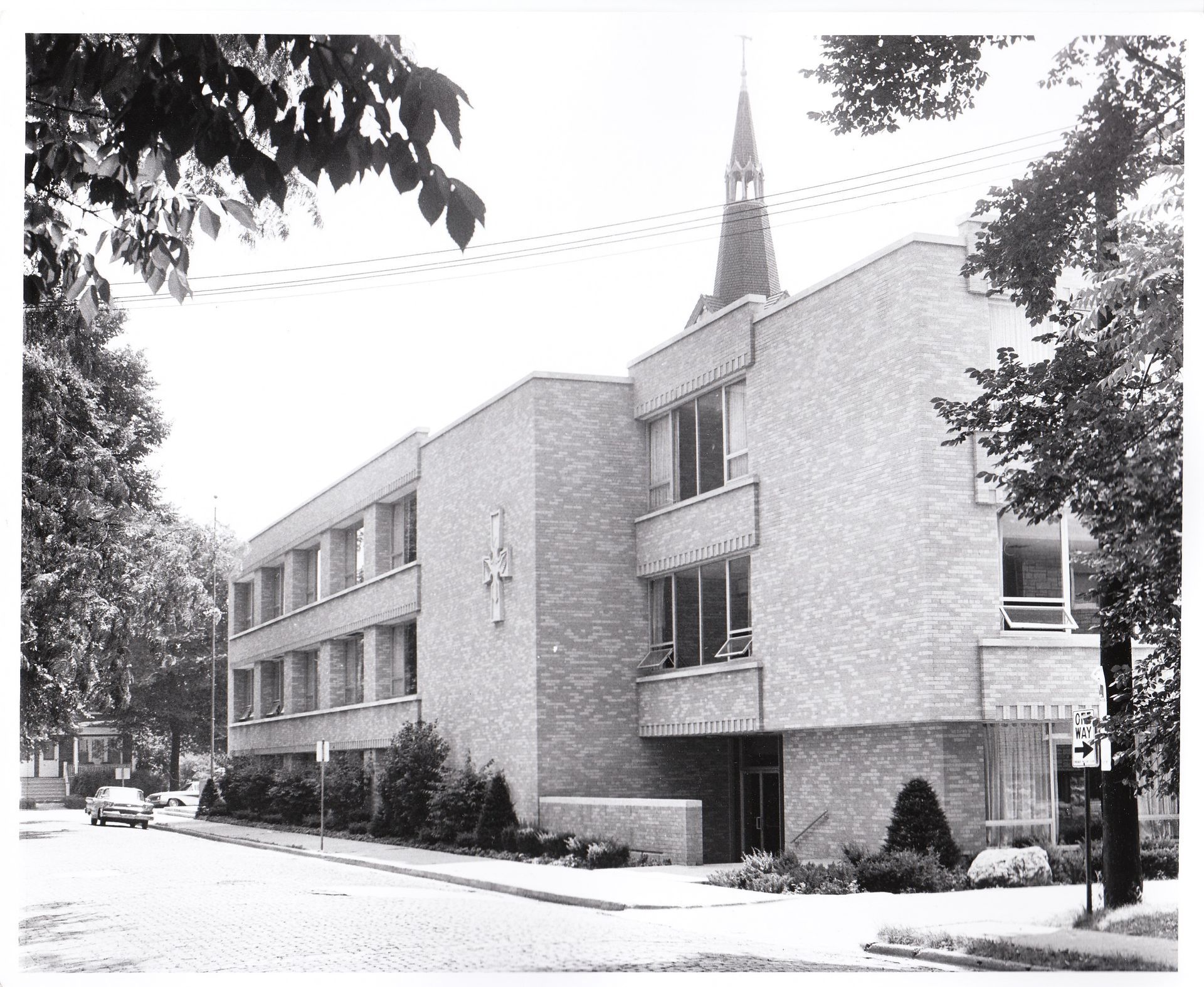History of St. John
In the mid 1800’s, the area we now call Forest Park was known as Harlem. Many Lutherans from Germany settled in this area. To attend services at a church, folks in Harlem would have to travel to one of two Lutheran Churches in Chicago or to Bensenville or Hillside. At that time, this was a considerable distance to travel.
In 1860, the same year Lincoln was elected President of the United States, Immanuel Lutheran Church in Hillside granted permission for their pastor to preach in Harlem once a month. The pastor would arrive Sunday morning and conduct services in a home, school, or even the railroad station. He would then spend the night with one of the families and return to Hillside the next day.
While the nation fought the civil war, the preaching station at Harlem grew. In 1867, the congregation was organized and this church building was constructed for $1,165. The church had to take out a $300 loan to complete construction. It was located at the corner of Marengo and Franklin Streets.
Three years later, in 1870, a teacher was hired to teach 25 students. Each parent paid 50 cents a month in tuition. Classes were held in the church building. The first teacher left after a year and Pastor Grosse was called as the first permanent pastor. He also taught the school.
When Pastor Grosse arrived, the congregation began to plan a second larger church. The second church was built for 500 people, but on holidays, it typically held half-again that many.
In 1873, the existing church building was moved to the back of the lot and the new church was built at the site of the old. The school continued in the old church building.
Sadly, this church building was destroyed by a fire in 1916. However, by this time the current church had been built and was in use.
The school continued to grow. There were 80 children in 3 classes, but only one teacher. In 1887, the congregation decided to open a new school at Circle and Warren. This school once stood in what is now the St. John’s main parking lot. Originally, the school had 4 large classrooms. It was enlarged to 8 classrooms in 1904.
The current church building, dedicated in 1914, stands as a memorial to a group of people who showed strong faith to erect and dedicate this edifice to the Glory of God and provide a gathering place for this congregation to worship Him these many years. Many of these members mortgaged their own homes and unselfishly contributed so that the church was debt-free when they gathered for the dedication.
The school program continued to grow and the school expanded again in 1927. From 1928-1959 a branch school was operated on the south side.
The current school building was dedicated in 1964. A pre-kindergarten program was added in 1970, and an accredited day-care program was added in 1982 using some of the space in the basement of the parish hall.
From 2007-2014, the operation of the school was taken over by Walther Lutheran High School Association which is now known as as Walther Christian Academy.
St. John's Aeolian-Skinner Organ
Make A Joyful Noise Unto The Lord
The Organ
Let all glad sounds of music ring.
Dedicated on June 20, 1954, this organ was built by the Aeolian-Skinner Organ Company of Bos-ton, to specifications prepared by Hugo Gehrke. The final finishing and voicing was supervised by the late G. Donald Harrison, president of the Skinner Company. The original organ consisted of 2,550 pipes divided into 44 ranks. However, it included provisions for additional ranks and many were added through the years.
The organ was primarily designed as an instrument to lead the congregation in singing praises to our Lord. Thus, it is supplied with 19 ranks of diapason pipes, of various pitches, from the deepest bass to the highest audible treble, pro-viding a glorious mass of pure organ tone for the singing of chorales, hymns, and liturgy. Corre-sponding to the brasses in an orchestra, the Trompete, Fagott, Posaune and Kornett are used in the organ to bring out the melody of a chorale or hymn with added force and intensity and to provide the organ with thrilling climax on festi-val occasions. The softer-toned flutes, gambas, and dulcianas, as well as the solo Krummhorn and Vox Humana, are useful especially in organ voluntaries. To these stops more can be added to produce new and different tones.
The design and voicing of the organ is predicated on the style of Lutheran Church organs built in the golden age of church music in Germany more than two centuries ago with a contemporary adaptation. In order to present the glorious treas-ures of Lutheran church music properly, it is necessary to invest the instrument with the kind of tone qualities which the composers of the golden age had in such rich abundance in their great organs
On May 9, 1976 the positive section was dedi-cated.. The specifications and complete design of the pipe work were drawn by the late Paul Bunjes of Concordia University, River Forest, IL. St. John is deeply indebted to him for his untiring and artistic genius. The precise and deliberate care in the construction and installation of the organ was done by the Berghaus Organ Co. of Bellwood, IL.
This Rueckpositiv section is unenclosed.
Included with the installation was the addition of the Ceremonial Trompete in the Great. Placed as a façade to the unenclosed Grat, the tones of the copper-hooded trumpet pipes, manufac-tured by the Giesecke Company of Gottingen, Germany bring forth a thrilling sound in accen-tuating the cantus firmus of chorales in musical literature.
This addition to the organ was made possible exclusively from memorials given by members and friends in memory of their loved ones. Fac-ing the organ from the chancel, one is im-pressed with the beautiful design of the pipe display, symbolic of a crown.
In 1937 a number of families memorialized their loved ones with a set of 24 chimes.
Our services are enhanced by the sacred music of the organ and one or more of our musical groups – adult choir, choristers, hand bell choir and soloists. Hearing this wonderful music, the members of St. John and visitors are reminded of “all the saints who from their labors rest,” and the words of Johann Herrmann cause us to respond:
“And when, dear Lord, before the throne in heaven
To me the crown of joy at last is given, Where sweetest hymns Thy saints forever raise Thee, I, too, shall praise Thee.”
Here is a link to a YouTube video featuring Brent Johnson and Andrew Schaeffer as they explore the Aeolian-Skinner organ.
St. John Lutheran Church 1954 Aeolian Skinner Organ
